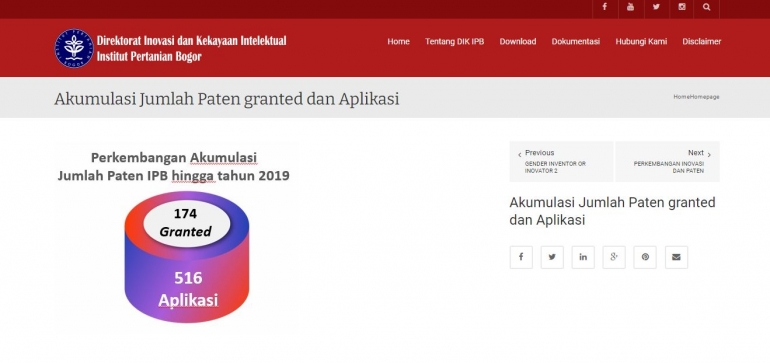Patent is one of the important things that everyone needs to know to protect their products from piracy by competitors. Patents is the exclusive rights of a person for a new invention or development of a product or process that already exists and has been done. The person who invented is called the Inventor, and the technology that is invented is called an Invention.
Patent is very important to understand, but there are still many Indonesians who make the wrong distinction between patent and copyright rights. Copyright is an exclusive right for the creator or the recipient of things who have been given the authority to publish or reproduce their works. Copyright is a special right that is only given to the creator or the right holder. No other person or party may use the work, unless they have permission from the copyright holder.
As seen from the definitions of patents and copyrights above, there are indeed similarities between patents and copyrights, in which the right holder has the same exclusive right. From this similarity, the differences between these two rights arise from how these rights are obtained. Copyright is granted automatically to whoever issues, announces, declares a work for the first time, while a patent is granted to the first one who registered the technology.
It should be emphasized that the patent rights are given to the party who first registered the technological invention, while the copyright is given to anyone who can prove that they were the first to create the work. So, if there is another party who registers a copyright on another person's work that has not been registered, it can be sued as long as it can be proven that the work has been made by someone else first.
Patents need to be understood because they can be a source of income for the person who owns the patent. When a technology is registered for a patent, anyone who uses the technology must pay loyalty to the patent holder.
Research conducted by students can be a source of income for the university in the form of royalties from patents, if the patent is registered for the invention.
As an example for one of the institutes in Indonesia, Agricultural Institute of Bogor (Institut Pertanian Bogor in Indonesian or abbreviated as IPB) established the Office of Intellectual Property Rights of the Agricultural University of Bogor at the end of 1999. Based on the official website of the Directorate of Innovation and Intellectual Wealth of IPB, by the end of 2019, IPB had recorded 174 patents granted and 516 applications.
Royalties from patents and applications are one of the sources of educational funding to help students at IPB. Therefore, instead of a research report ending up in a pile of paper reports, it is better to register a patent in order to provide benefits to the University.

Apart from the examples above, there are other examples of patent rights originating from Indonesia. First, the Auronautika by B.J. Habibie. This formula created by B.J. Habibie calculates aircraft cracks well, thus maintaining safety in flight and also saving maintenance costs that must be carried out by the company. Second, the Chicken Claw by Prof. Dr. Ir. Sedijatmo, This chicken claw technique is an engineering technique in making a safe building foundation on land with soft contours such as marshes, this invention is recognized and received patents from 40 countries which began when he built an electric tower in the Ancol area. Apart from these two examples, there are many examples of other inventions from Indonesia that have registered patents.
There are also many patents registered overseas, one of it is Apple's "Slide to Unlock". This screen unlock feature is now available on almost all devices, which started with Apple. If information technology companies use this feature in their products, they must pay a license and Apple will get royalties for this technology. Can you imagine how much royalties Apple got for this discovery? Apple will continue to earn royalties as long as its patents are still valid.









